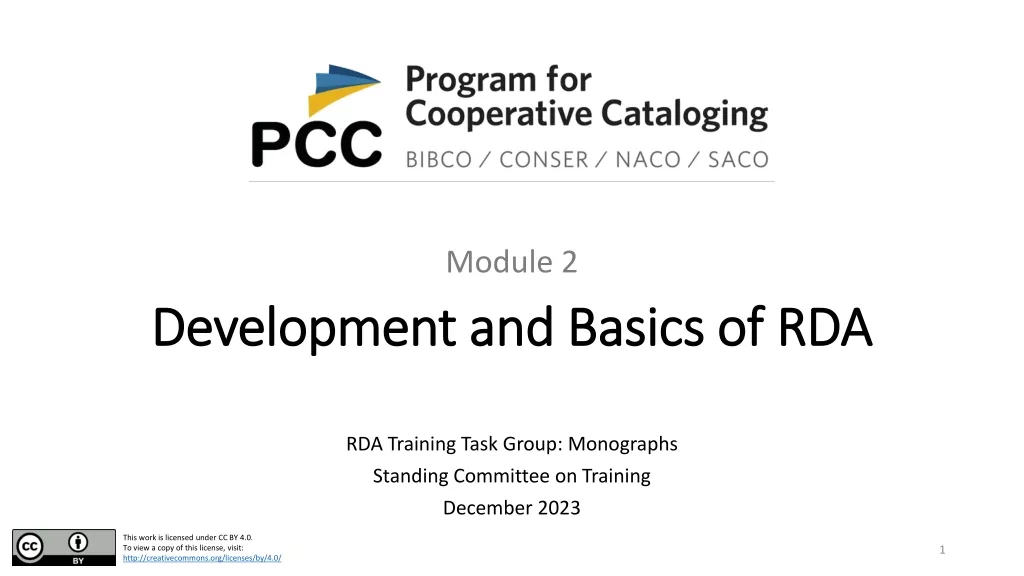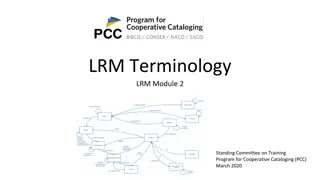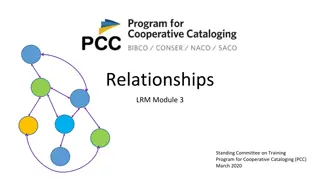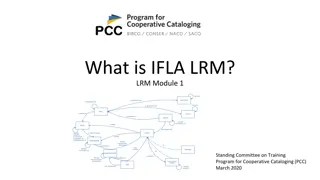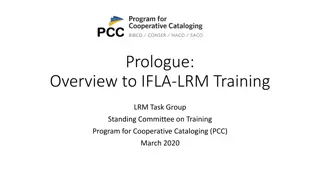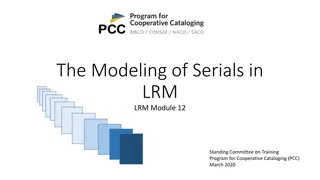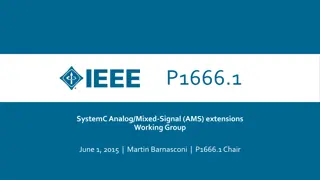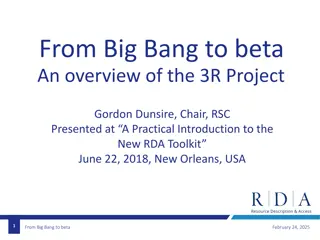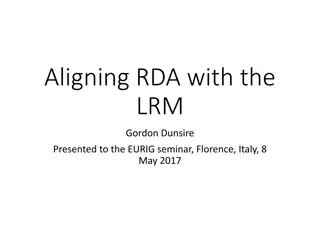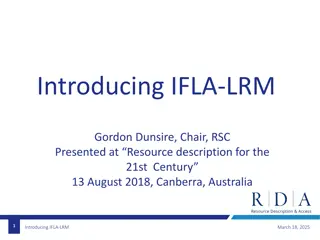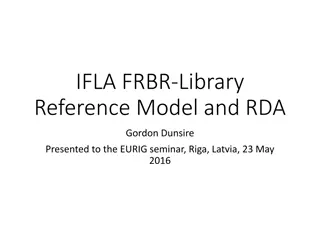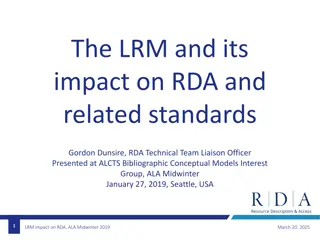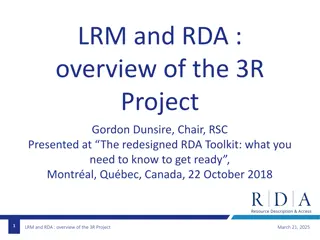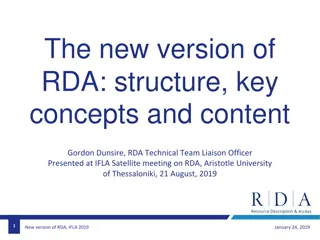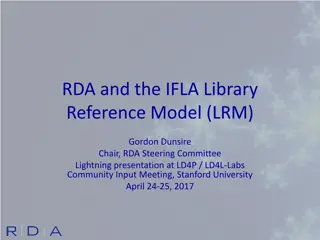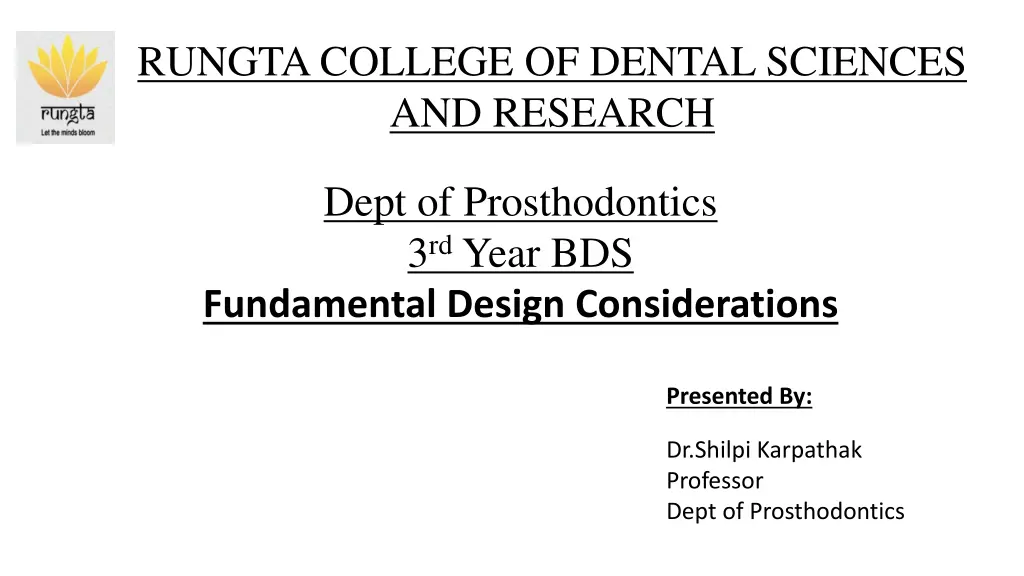
Design Considerations for Removable Partial Dentures and Support Factors
"Explore the fundamental design considerations for removable partial dentures, including support sources from remaining teeth and residual ridges. Learn about retention components, challenges posed by Class I dentures, and the importance of force distribution in prosthesis design."
Download Presentation

Please find below an Image/Link to download the presentation.
The content on the website is provided AS IS for your information and personal use only. It may not be sold, licensed, or shared on other websites without obtaining consent from the author. If you encounter any issues during the download, it is possible that the publisher has removed the file from their server.
You are allowed to download the files provided on this website for personal or commercial use, subject to the condition that they are used lawfully. All files are the property of their respective owners.
The content on the website is provided AS IS for your information and personal use only. It may not be sold, licensed, or shared on other websites without obtaining consent from the author.
E N D
Presentation Transcript
RUNGTA COLLEGE OF DENTAL SCIENCES AND RESEARCH Dept of Prosthodontics 3rd Year BDS Fundamental Design Considerations Presented By: Dr.Shilpi Karpathak Professor Dept of Prosthodontics
Specific Learning Objective Core areas Domain Category Introduction Cognitive Must Know Optimum Support Cognitive Must Know Fundamental Design Psychomotor Must Know Summary Affective Must Know
contents Introduction Optimum support Fundamental design Summary Take Home message References
Introduction Support for removable partial dentures may be derived from the remaining teeth, the hard and soft tissues of the residual ridge, or both. As might be expected, there is a significant difference in the support that can be derived from these structures
Teeth are connected to the surrounding bone via thin periodontal ligaments. Under function, healthy teeth may be displaced as much as 0.2 mm. In contrast, soft tissues overlying residual bone generally may be displaced 1.0 mm or more. As a result, there may be a significant difference in the support provided by the teeth and the tissues of the residual ridge. It is important to understand this difference when designing removable partial prosthese.
A practitioner also must consider the components that prevent displacement of removable partial dentures away from the underlying oral tissues. In removable partial denture design, the components responsible for retention of the prosthesis are termed direct retainers and indirect retainers.
Class I removable partial denture Kennedy Class I removable partial dentures present significant challenges for patients and dentists alike. Because Class I removable partial dentures exhibit bilateral extension bases, they must derive support from the remaining teeth and residual ridges. To preserve the remaining teeth and residual ridges, removable partial dentures must provide an equitable distribution of forces. Concentration of forces upon the remaining teeth may produce rapid destruction of the periodontal tissues and potential abutment loss.
Concentration of forces upon the residual ridges may produce rapid destruction of the associated tissues and an accompanying decrease in ridge height. Consequently, practitioners must carefully consider the effects of removable partial denture design upon the remaining oral structures. The following features must be included in the design of Class I removable partial dentures: provision of optimum support for the distal extension denture bases, incorporation of flexible direct retention, and provision of indirect retention
Optimum support for distal extension denture bases All portions of a residual ridge that are capable of providing support should be covered by an accurately fitting denture base. Broad coverage permits a favorable distribution of stresses, often described as a snowshoe effect. Inadequate soft tissue coverage can lead to stress concentration, breakdown of underlying bone, and a decrease in ridge volume. Adequate support of a distal extension base is often so critical that a second impression of the residual ridge is required
Flexible direct retention The soft tissues are displaceable and allow vertical movement of the denture bases upon loading. Vertical displacement of the denture bases may result in the application of stresses to the most posterior abutments. Improperly designed direct retainers may magnify the stresses. The resultant rocking forces may damage the associated periodontal tissues and produce mobility of the abutment teeth. Therefore, direct retainers must permit dissipation of forces resulting from denture base movement. Each direct retainer should be designed to flex or move into an area of greater undercut as forces are applied to the removable partial denture. Clasp design is a key factor in successful removable partial denture service.
Indirect retention In some instances, sticky foods may lift denture bases away from the supporting tissues. This displacement produces rotation of the removable partial denture around the most posterior abutment. Rotation must be controlled to prevent damage to the remaining teeth and oral tissues. To accomplish this objective, auxiliary rests should be placed as far as practical from the fulcrum line. Because the auxiliary rests minimize rotation and aid in retention of the associated prosthesis, they are termed indirect retainer
Class III removable partial dentures Class III removable partial dentures do not have the same design requirements as Class I removable partial dentures. Because Class III removable partial dentures are supported by teeth or dental implants at both ends of an edentulous space, denture bases generally do not rotate or lift away from the underlying tissues. Therefore, compensation for rotational forces is not needed. There are a few things that should be kept in mind when designing a Class III removable partial denture. First, support should be provided entirely by the abutment teeth. Due to the favorable distribution of abutments, Class III removable partial dentures often function like fixed prostheses. Residual ridges should be used for support only when edentulous spans are long or abutments display decreased periodontal support
Its also important to remember that appropriate direct retention must be incorporated into the design. Class III removable partial dentures do not tend to move in function. Consequently, a wide variety of retentive elements may be used in Class III applications. Direct retention is needed only to prevent dislodgement of the prosthesis. Finally, one must keep in mind that indirect retention generally is not necessary. Since Class III removable partial dentures do not tend to move or rotate in function, there is no need for indirect retention. However, if direct retention cannot be obtained on one or more abutment teeth, indirect retention may be required
Class II removable partial dentures A Class II removable partial denture must embody features of both Class I and Class III designs. The unilateral distal extension side must be designed as a Class I removable partial denture, whereas the tooth-supported side must be designed as a Class III removable partial denture. The prosthesis must include a well-adapted denture base, properly designed direct retention, and appropriately positioned indirect retention.
Class IV removable partial dentures A Class IV design should be regarded as a Class I removable partial denture in reverse, particularly if the edentulous span is lengthy. As previously noted, the prosthesis must include a well-adapted denture base, properly designed direct retention, and appropriately positioned indirect retention.
Summary Support for removable partial dentures may be derived from the remaining teeth, the hard and soft tissues of the residual ridge, or both. As might be expected, there is a significant difference in the support that can be derived from these structures
Take home message Support for removable partial dentures may be derived from the remaining teeth, the hard and soft tissues of the residual ridge, or both. As might be expected, there is a significant difference in the support that can be derived from these structures.
References Stewert s Clinical Removable Partial Prosthodontics, 4th Edition Textbook of Prosthodontics, V.Rangarajan 2nd Edition


